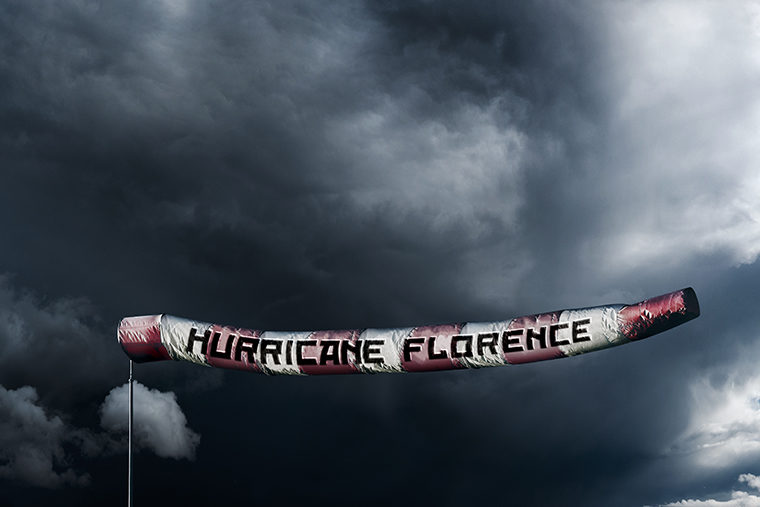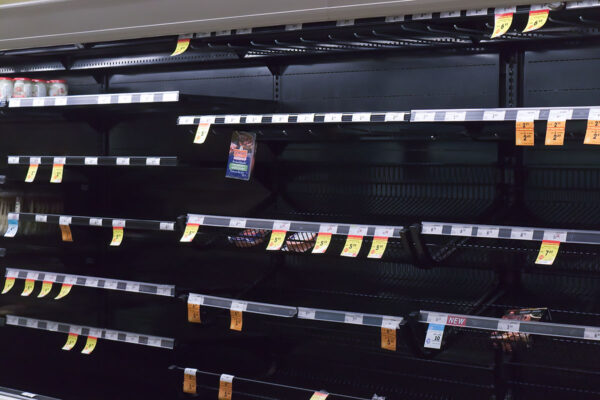Think about the components to your company’s supply chain: inventory, transportation, access to labor, water, power and other utilities. How resilient is your supply chain in a crisis? How much inventory do you have on hand and how quickly can you replenish it? Where is your labor staff, how soon can it mobilize and how did the crisis affect them? Do you have back-up sources of electricity and water?
These and similar issues form the core of the Waffle House Index, taught to students by an Olin Business School professor at Washington University in St. Louis and affixed as a label in 2011 by the then-director of the Federal Emergency Management Agency (FEMA).

The index refers to a clue into the level of devastation wrought by a natural disaster —disasters like Hurricane Florence, which made landfall at Wrightsville Beach, N.C., early on Sept. 14. And it makes sense, according to Panos Kouvelis, the Emerson Distinguished Professor of Operations and Manufacturing Management at Olin Business School and director of the Boeing Center for Supply Chain Innovation.
“It’s very smart. This is a way to evaluate the situation with limited data,” Kouvelis said. “In times like this, demand goes up and supply goes down at the same time. But companies like Waffle House have good playbooks. They pre-position supplies, they make sure they know how to staff their stores. They know what inventory they have and what they don’t have. Their playbook makes sense. That’s the resilience that we talk about in supply chain management.”
First dubbed the Waffle House Index by former FEMA director W. Craig Fugate after a devastating western Missouri tornado, the notion isn’t actually an index at all. There’s no “big board” available for public view, no place to gauge the status of the Waffle House chain.
But Kouvelis long has instructed that a quick look at Waffle Houses in the post-hurricane landscape — the aftermath that the Carolinas face — can provide a leading indicator of how badly the storm harmed the commercial infrastructure. Are the Waffle Houses open, serving full menus and staffed? If so, other businesses are likely not far behind. Are the Waffle Houses staffed with skeleton crews and serving partial menus? If that’s the case, the level of devastation is higher, and recovery may take a few more days.

If the Waffle House is closed … well, buckle up. We’re probably in for a longer recovery period.
And it’s not just about Waffle House, which is heavily concentrated in the southeast, Kouvelis said.
“Home Depot, Lowe’s and Walmart tend to be well prepared for these disasters because they have seen it many times in the past,” said Kouvelis, who teaches supply chain risk management using cases such as Waffle House and similarly prepared companies.
“It’s a smart part of their brand image: When you need us, we are there,” he said.



